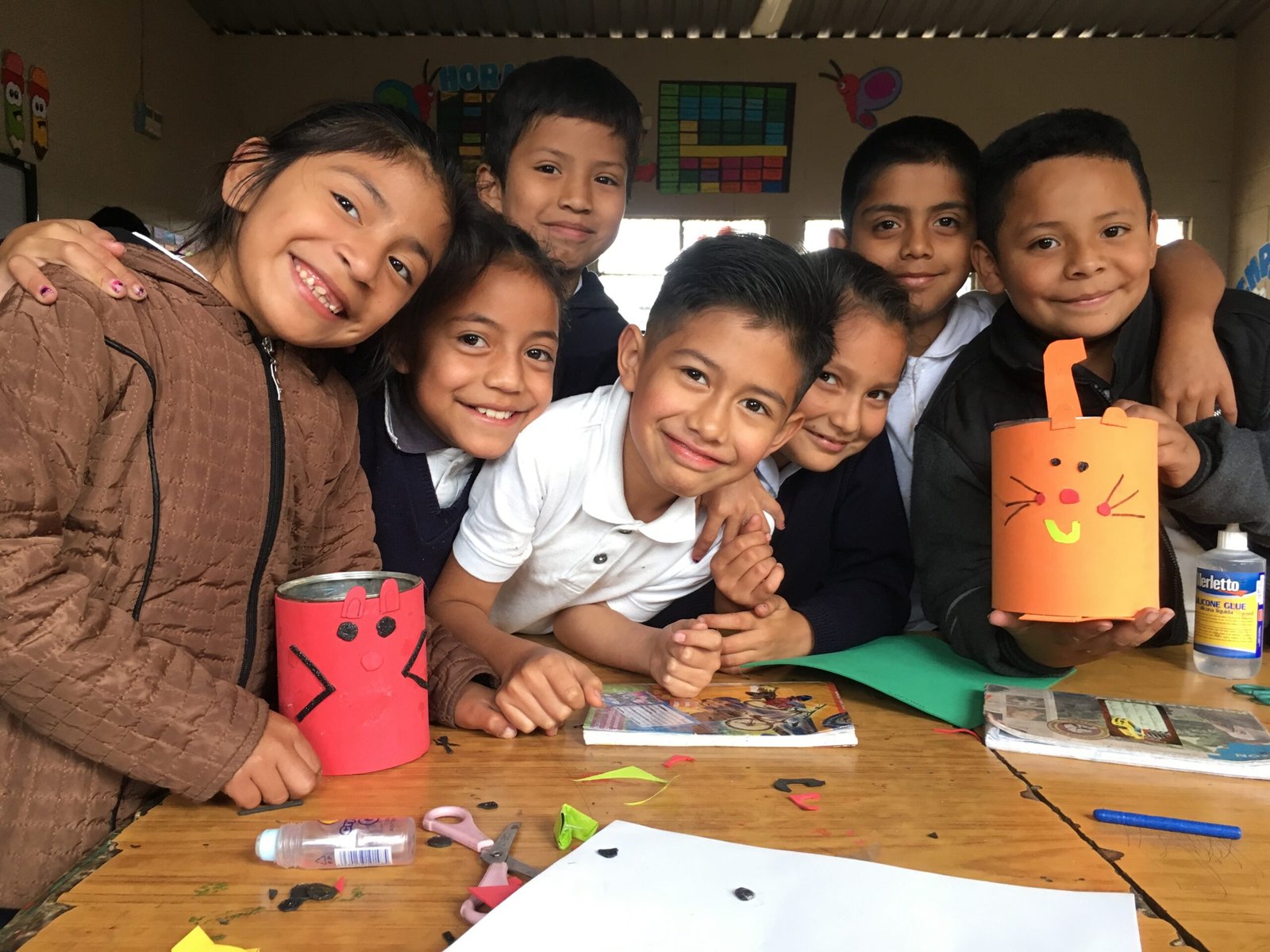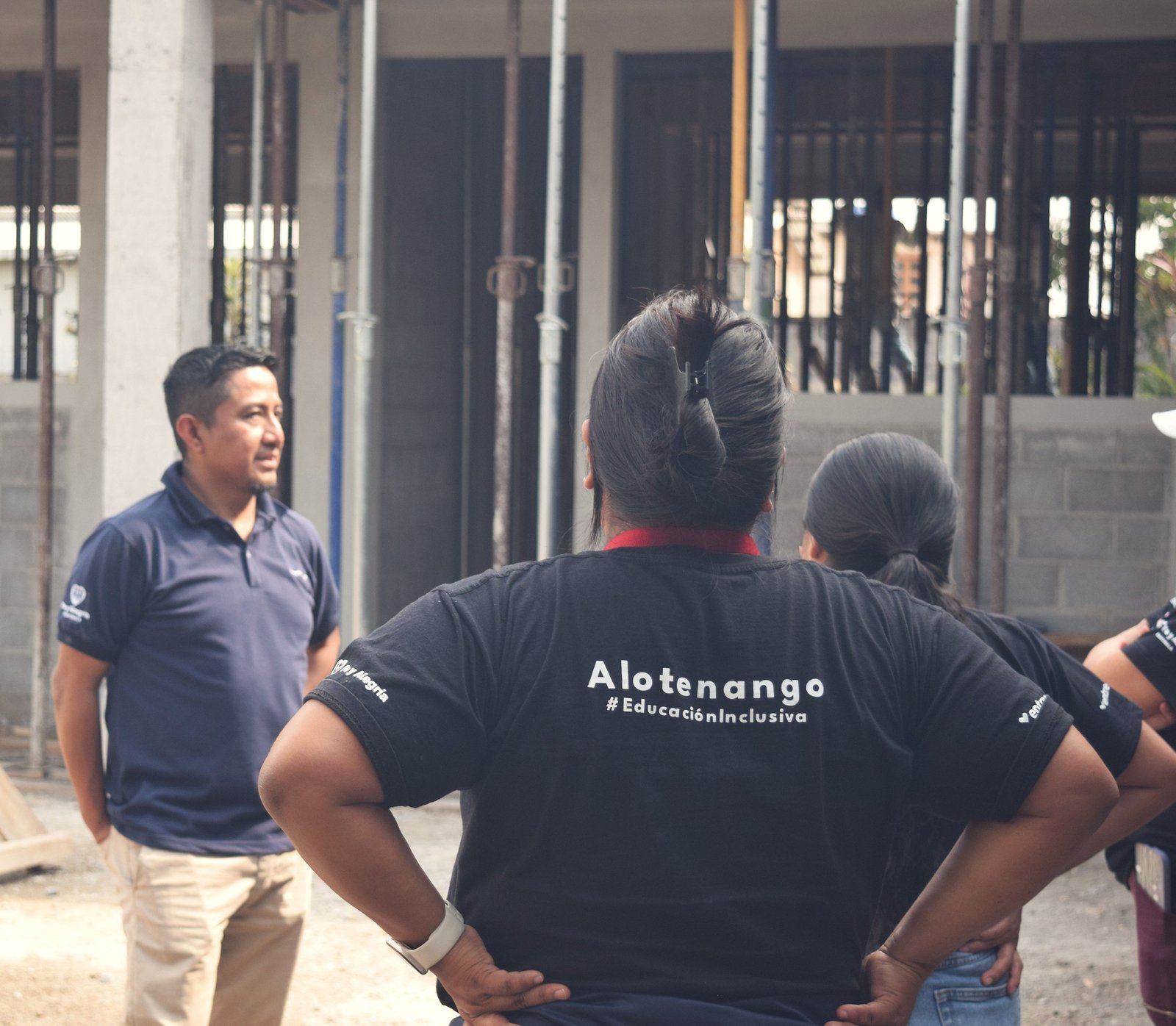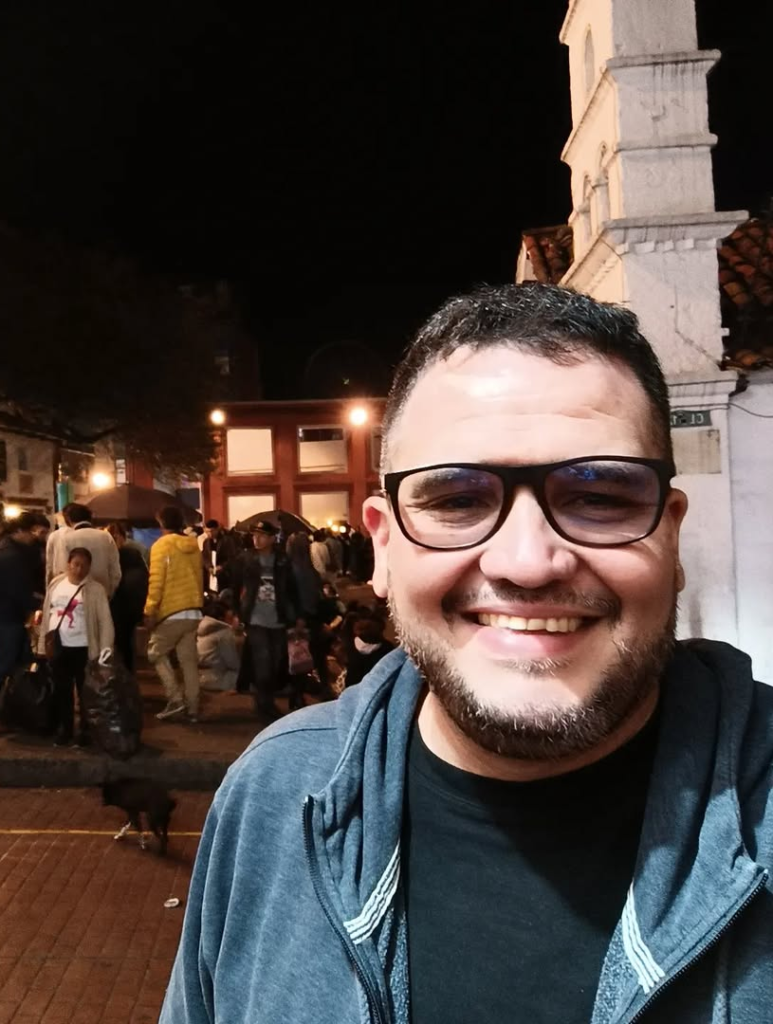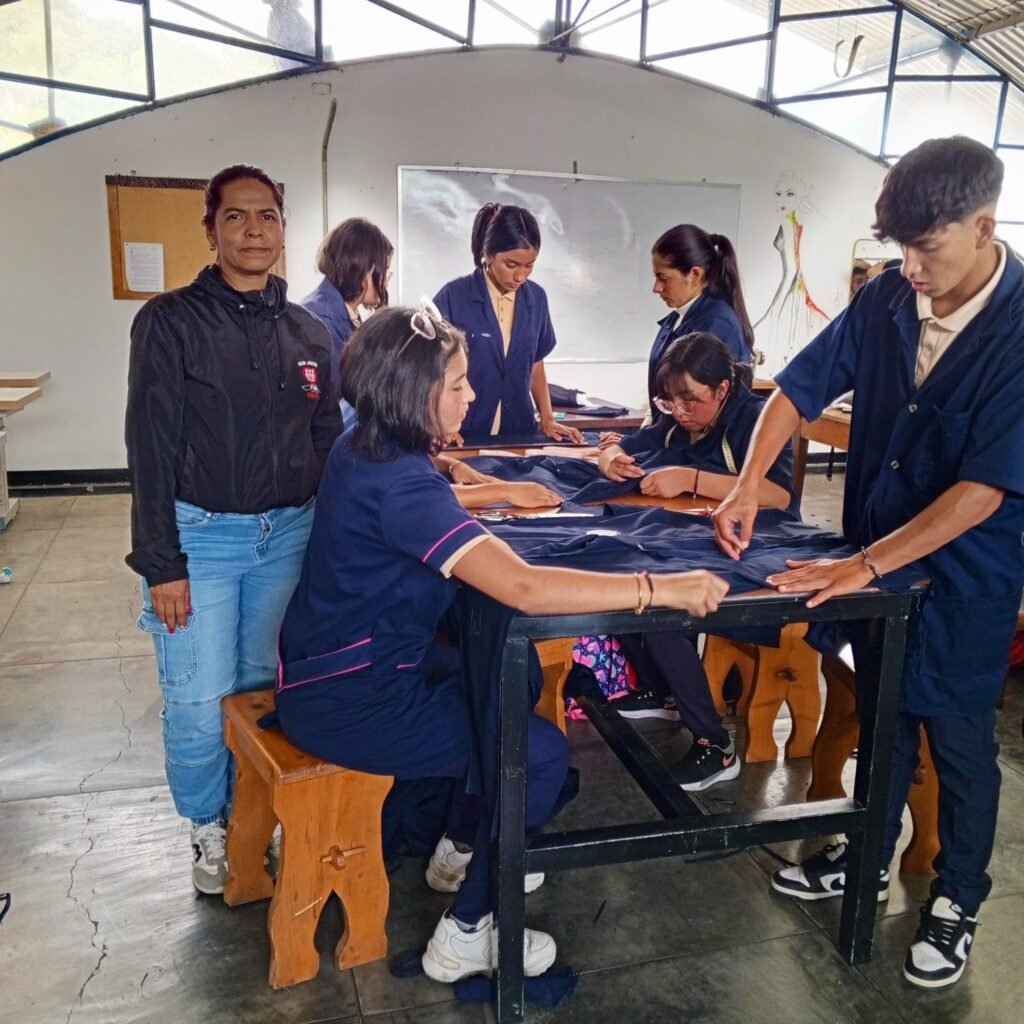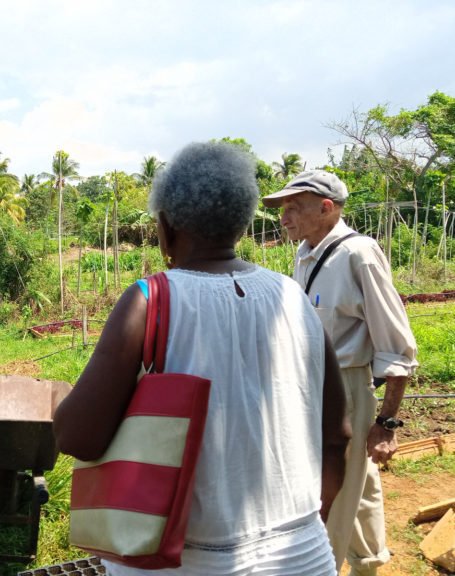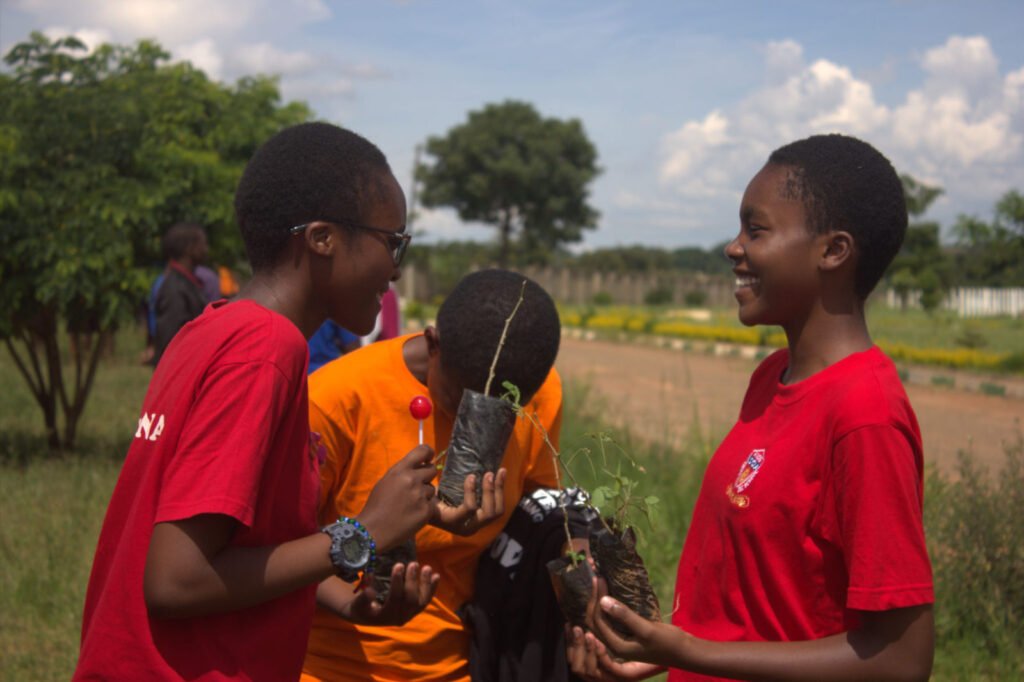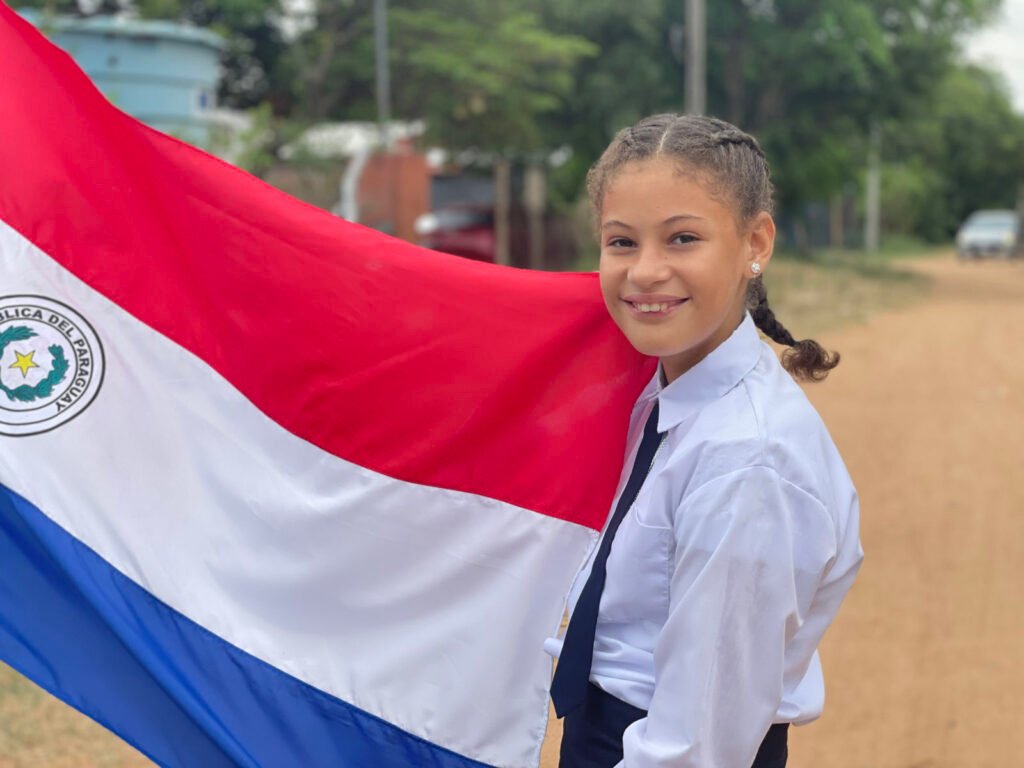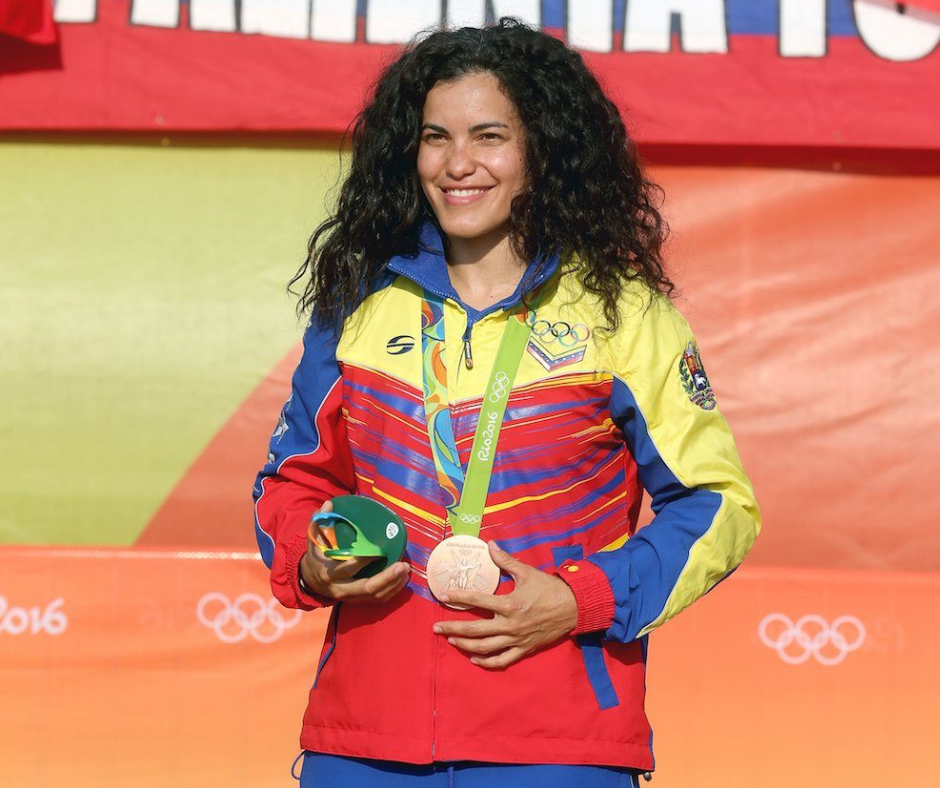It started with one community.
Fr. José María Vélaz, SJ—a Chilean priest living in Venezuela—was visiting Catia, a marginalized neighborhood on the outskirts of Caracas. In conversation, he asked members of the community what they needed most. Their answer? A school. With that, Fe y Alegría was born.
There was no 10-point business plan. Fe y Alegría was never intended to grow beyond the borders of Venezuela. It started with one school back in 1955. But people—first around the region and then around the globe—were and still are inspired by the school’s vision of inclusive and transformative education. The dream grew, slowly and organically, from a single school to an international movement in over 22 countries and counting.
Fe y Alegría first expanded beyond the borders of Venezuela in 1964 when a school was opened in Ecuador. Over the following decade, communities in seven additional Latin American countries would also begin adapting and implementing the Fe y Alegría model. These are some of the “classic” Fe y Alegría offices that many people associate the movement with–Bolivia, Peru, the Dominican Republic. These offices hold a vast majority of Fe y Alegría’s formal education centers, as they were founded at a time of great educational need in the region . Each country adapted the model to their context, but the origins, tradition, and importance of these “classic” Fe y Alegría offices laid the foundation for continued growth on “New Frontiers” in the decades that followed.
This growth–from Venezuela to Ecuador to Panama, and so on–was quite organic in nature and really depended on people to push its movement forward. Religious congregations, lay people, and marginalized communities came together and worked in collaboration to address situations of injustice and poverty in their communities, with education at the heart of their vision of change. It wasn’t until 1987 that these disparate Fe y Alegría offices formally united in an overarching body, a common platform to help them coordinate transnational efforts and interests.

Since the creation of the International Federation of Fe y Alegría–or Fe y Alegría International–in 2016, responsibility for the growth of the movement has been coordinated by this single body. One of the four priority areas of Fe y Alegría International since its formation has been to identify “New Frontiers” for the movement. Time, personnel, and resources have been dedicated to strategically planning the growth of the movement, both in terms of geographic presence as well as in thematic priorities. For example, Fe y Alegría’s is expanding globally in places like Guyana, Nepal, and Guinea and the Federation is also expanding their work for justice in areas such as migration and child safeguarding. All of this growth is due in no small part to Fe y Alegría International’s commitment to “New Frontiers” as a priority area.
Today, this area focuses on three main tasks:
- Develop new initiatives that contribute to the social, cultural, and labor insertion of people who are victims of violence, discrimination, or new forms of social exclusion. This is done in countries where Fe y Alegría is already present.
- Study, promote, and accompany the creation and strengthening of Fe y Alegría in new countries, enriching the socio-educational proposal of Fe y Alegría according to contexts and cultures, prioritizing the places where there is greater need or exclusion. This is done in places where Fe y Alegría is not yet present or has recently begun operations.
- Promote the institutional mission by attending to the development of new topics for reflection and responding to the challenges of the context for action. This includes topics such as education in emergency due to the post-COVID-19 health crisis, humanitarian aid, spirituality, and care for our common home.
All of this work to internationalize and grow Fe y Alegría is dependent on people. That is the beauty of the Fe y Alegría story; it has always been about people: Fr. Vélaz who listened to the needs of the community in Catia Caracas and responded to their desire for a new school; Abraham & Patricia Reyes, who donated half their home to start that first school and supported the vision of Fr. Vélaz in so many ways; The community in Ecuador who first adapted the Fe y Alegría model for a new cultural, geopolitical context and expanded the movement beyond the borders of Venezuela.
People like Ernesto and Leocadia are part of that story as well. Their desire to further their education and transform their lives and communities are just two examples of how Fe y Alegría continues to expand its presence at the margins. In countries like Cuba and Mexico in Latin America, Angola and Kenya in Africa, and Cambodia and Nepal in Asia.
You and I are also part of that story. Fe y Alegría was built and continues to grow through the solidarity of many. Your support of Magis Americas contributes to the lives of individuals like Ernesto and Leocadia. Your support allows us to accompany Fe y Alegría in places like Batey Lechería in the Dominican Republic, San Javier del Valle in Venezuela, and San Pedro in Paraguay.
On behalf of all of the Ernestos and Leocadias out there, thank you for being a part of the story.


